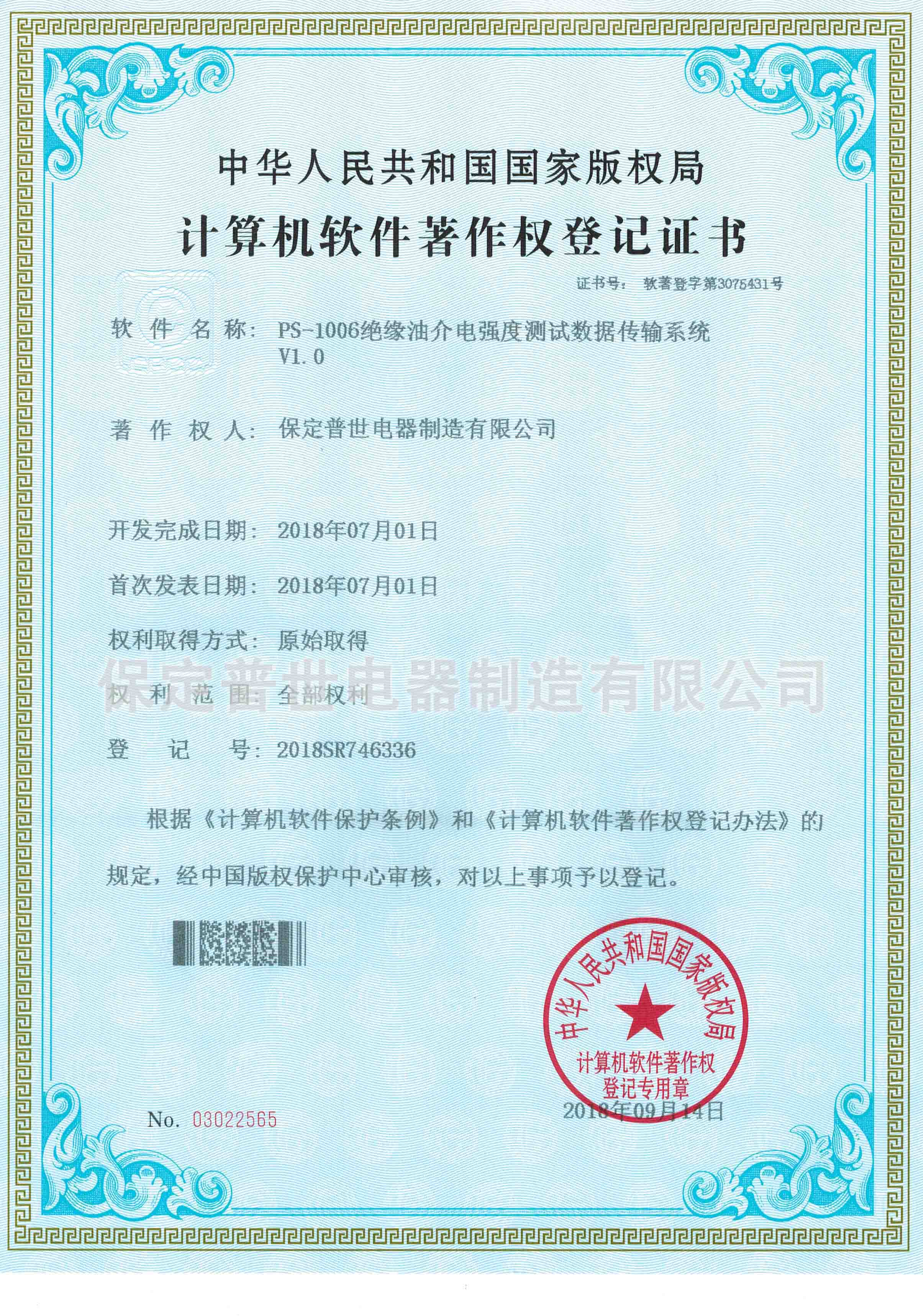 English
English



-
 Afrikaans
Afrikaans -
 Albanian
Albanian -
 Amharic
Amharic -
 Arabic
Arabic -
 Armenian
Armenian -
 Azerbaijani
Azerbaijani -
 Basque
Basque -
 Belarusian
Belarusian -
 Bengali
Bengali -
 Bosnian
Bosnian -
 Bulgarian
Bulgarian -
 Catalan
Catalan -
 Cebuano
Cebuano -
 China
China -
 China (Taiwan)
China (Taiwan) -
 Corsican
Corsican -
 Croatian
Croatian -
 Czech
Czech -
 Danish
Danish -
 Dutch
Dutch -
 English
English -
 Esperanto
Esperanto -
 Estonian
Estonian -
 Finnish
Finnish -
 French
French -
 Frisian
Frisian -
 Galician
Galician -
 Georgian
Georgian -
 German
German -
 Greek
Greek -
 Gujarati
Gujarati -
 Haitian Creole
Haitian Creole -
 hausa
hausa -
 hawaiian
hawaiian -
 Hebrew
Hebrew -
 Hindi
Hindi -
 Miao
Miao -
 Hungarian
Hungarian -
 Icelandic
Icelandic -
 igbo
igbo -
 Indonesian
Indonesian -
 irish
irish -
 Italian
Italian -
 Japanese
Japanese -
 Javanese
Javanese -
 Kannada
Kannada -
 kazakh
kazakh -
 Khmer
Khmer -
 Rwandese
Rwandese -
 Korean
Korean -
 Kurdish
Kurdish -
 Kyrgyz
Kyrgyz -
 Lao
Lao -
 Latin
Latin -
 Latvian
Latvian -
 Lithuanian
Lithuanian -
 Luxembourgish
Luxembourgish -
 Macedonian
Macedonian -
 Malgashi
Malgashi -
 Malay
Malay -
 Malayalam
Malayalam -
 Maltese
Maltese -
 Maori
Maori -
 Marathi
Marathi -
 Mongolian
Mongolian -
 Myanmar
Myanmar -
 Nepali
Nepali -
 Norwegian
Norwegian -
 Norwegian
Norwegian -
 Occitan
Occitan -
 Pashto
Pashto -
 Persian
Persian -
 Polish
Polish -
 Portuguese
Portuguese -
 Punjabi
Punjabi -
 Romanian
Romanian -
 Russian
Russian -
 Samoan
Samoan -
 Scottish Gaelic
Scottish Gaelic -
 Serbian
Serbian -
 Sesotho
Sesotho -
 Shona
Shona -
 Sindhi
Sindhi -
 Sinhala
Sinhala -
 Slovak
Slovak -
 Slovenian
Slovenian -
 Somali
Somali -
 Spanish
Spanish -
 Sundanese
Sundanese -
 Swahili
Swahili -
 Swedish
Swedish -
 Tagalog
Tagalog -
 Tajik
Tajik -
 Tamil
Tamil -
 Tatar
Tatar -
 Telugu
Telugu -
 Thai
Thai -
 Turkish
Turkish -
 Turkmen
Turkmen -
 Ukrainian
Ukrainian -
 Urdu
Urdu -
 Uighur
Uighur -
 Uzbek
Uzbek -
 Vietnamese
Vietnamese -
 Welsh
Welsh -
 Bantu
Bantu -
 Yiddish
Yiddish -
 Yoruba
Yoruba -
 Zulu
Zulu
Voltage Regulation Strategies for Tap Changing Transformers in Power Distribution Systems
Voltage Control Using Tap-Changing Transformers
Voltage regulation is critical in power systems to ensure the quality and reliability of electrical supply. One effective method for maintaining voltage levels within desired limits is the use of tap-changing transformers. These transformers are designed to adjust the output voltage by altering the number of turns in the transformer winding, thereby meeting the varying demands of the electrical grid.
What is a Tap-Changing Transformer?
A tap-changing transformer is equipped with multiple taps on one or more of its windings. By switching among these taps, the transformer can change its turns ratio, and consequently, the output voltage. There are two main types of tap-changing transformers on-load tap changers (OLTC) and off-load tap changers.
- On-load Tap Changers (OLTC) These devices allow for voltage adjustment while the transformer is energized. This is especially beneficial in maintaining voltage stability in real-time, making OLTCs ideal for applications in transmission and distribution networks. - Off-load Tap Changers These require the transformer to be de-energized for voltage adjustment, making them suitable for applications where load conditions do not fluctuate frequently.
The Importance of Voltage Control
Maintaining voltage within prescribed limits is essential for several reasons
1. Equipment Protection Electrical equipment is designed to operate at specific voltage levels. Deviations beyond these limits can lead to overheating, equipment failure, and reduced lifespan. 2. Power Quality Variations in voltage can lead to disturbances in power quality, affecting sensitive electronic devices and industrial processes. 3. Energy Efficiency Proper voltage regulation can enhance energy efficiency by minimizing losses in the system.
tap changing transformer voltage control

How Tap-Changing Transformers Operate
Tap-changing transformers monitor the system's voltage levels using embedded control systems. When the voltage exceeds or falls below predetermined thresholds, these systems signal the tap changer to adjust the transformer’s turns ratio. Typically, this adjustment occurs in small increments, providing fine control over the output voltage.
The operation of a tap changer is synchronized with the electrical system's demand, allowing for agile responses to load variations. Moreover, advanced tap changers now incorporate automation and communication technology, enabling them to respond dynamically to grid conditions.
Advantages of Tap-Changing Transformers
1. Flexibility Tap-changing transformers offer flexible voltage control solutions, accommodating a wide range of load conditions and requirements. 2. Improved Reliability By stabilizing voltage fluctuations, these transformers enhance the overall reliability of the electrical supply network. 3. Cost-effectiveness While the initial investment might be significant, the long-term savings achieved through reduced equipment damage and increased operational efficiency can justify the cost.
Conclusion
Tap-changing transformers play a vital role in voltage control, ensuring that power systems operate efficiently and reliably. Through continuous adjustments to their turns ratio, these transformers help maintain voltage levels that protect equipment, improve power quality, and enhance energy efficiency. As power systems evolve and face increasing challenges, the importance of technologies like tap-changing transformers will only continue to grow, making them indispensable components of modern electrical infrastructure.
-
Testing Equipment Industry Sees Major Advancements in 2025: Smart & Precision Technologies Lead the WayNewsJun.06,2025
-
Applications of Direct Current Generators in Renewable Energy SystemsNewsJun.05,2025
-
Hipot Tester Calibration and Accuracy GuidelinesNewsJun.05,2025
-
Digital Circuit Breaker Analyzer Features and BenefitsNewsJun.05,2025
-
Benefits of Real-Time Power Quality Monitoring Devices for Industrial EfficiencyNewsJun.05,2025
-
Earth Fault Loop Testing in High-Rise Building Electrical SystemsNewsJun.05,2025



